Kazunoko, or herring roe, is a cherished New Year’s delicacy in Japan with a deep cultural significance. Traditionally included in osechi, the special New Year’s meal, kazunoko has been enjoyed for generations as a symbol of good fortune. Join us as we explore the fascinating history, symbolism, and varieties of this beloved food, and discover why kazunoko remains a favorite part of Japanese celebrations.
What is Kazunoko?
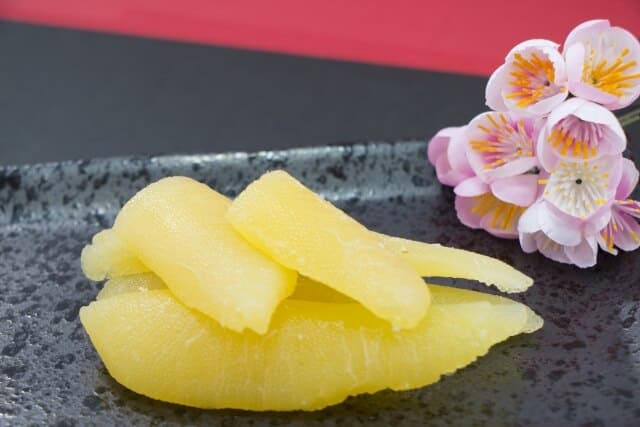
Kazunoko, also known as Herring roe, is one of the most popular dishes in osechi cuisine. Its bright yellow color and unique crunchy texture make it popular, and its exquisite saltiness makes it a perfect match for sake. Kazunoko is the baby herring, more precisely the ovary part of the herring. It’s a lucky charm that you can’t do. But the reason why it is a lucky charm is not just the prosperity of descendants. Kazuko is an ingredient that suits good luck and happiness. It’s not just New Year’s Day, it’s a variety of food opportunities.
Kazunoko Origin
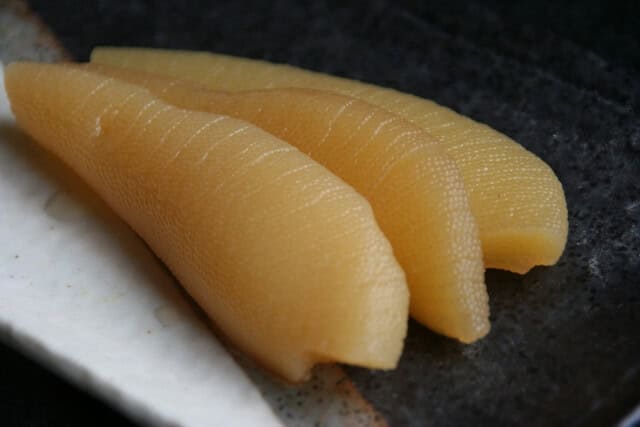
Kazunoko, or herring roe, has a rich history in Japan, especially as part of the New Year’s osechi ryori tradition. Its significance dates back to the Edo period (1603–1868), when herring fishing flourished in northern Japan. This is particularly in Hokkaido and along the Sea of Japan. Herring roe was considered a prized delicacy for its taste and its symbolism; the abundant eggs represented fertility, family prosperity, and the hope for many descendants. This symbolic meaning made kazunoko an essential element in New Year’s celebrations, as people wished for family growth and longevity in the coming year. Today, kazunoko remains a staple in osechi, valued for both its historical ties and its distinct texture and flavor.
Kazunoko Production Area
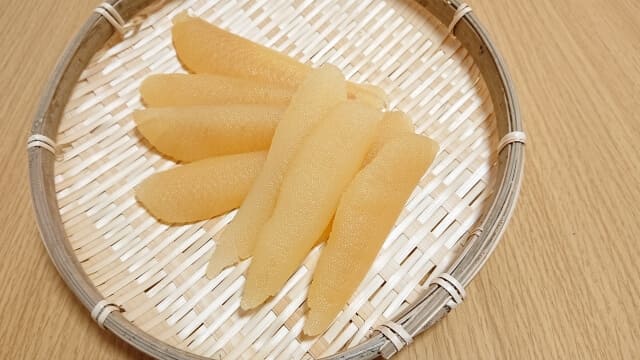
Herring roe is primarily produced in two areas: Pacific and Atlantic. Pacific herring roe, known for its excellent texture, is especially popular when sourced from Canada. In contrast, Atlantic herring roe has a moist texture and is often imported for processing. In Japan, Hokkaido and Tohoku are the main production regions, though catches are limited. Hokkaido’s herring roe, in particular, is renowned for its high quality and is regarded as a rare luxury.
Auspicious meaning of Kazunoko in Osechi or New Year’s Dishes
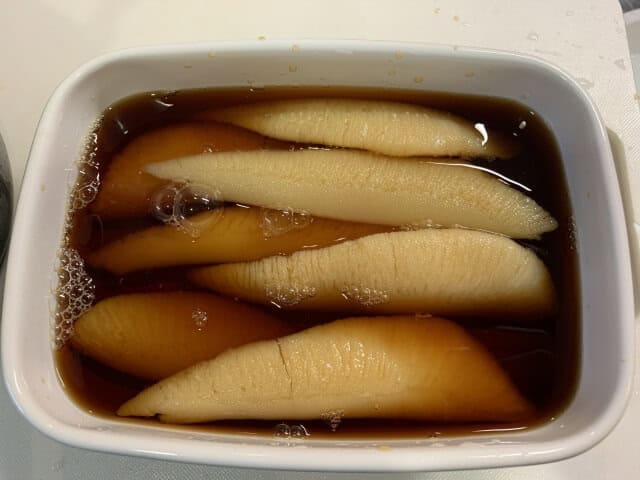
In New Year’s osechi cuisine, kazunoko, or herring roe, carries a symbolic meaning of fertility and prosperity. The kanji for herring can be interpreted as “two parents,” and because herrings produce numerous eggs, kazunoko is included with the hope for a large, prosperous family lineage. This classic osechi dish is popular across Japan, not only as a lucky charm to bring blessings to future generations but also for its salty flavor, which pairs excellently with alcohol.
Types of Kazunoko
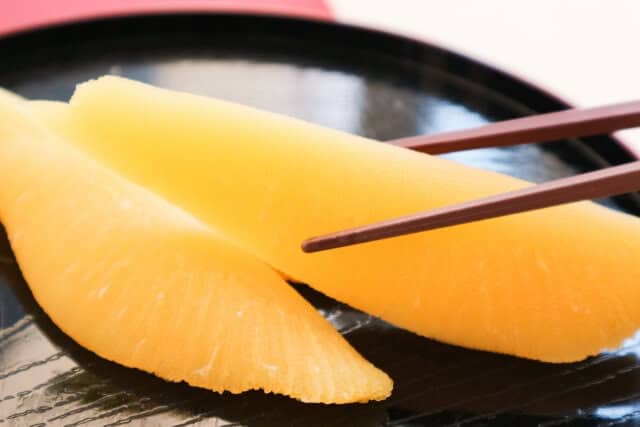
The most common type is salted herring roe. This is salted and requires desalting and removal of the thin skin before eating, but you can enjoy its crunchy texture and original flavor. It is also known for its long shelf life and is widely available.
Next is seasoned herring roe. This is already flavored with soy sauce or dashi, so it does not need to be desalted or peeled, making it easy to eat right away. It has a relatively soft texture with less crunch. However, its shelf life is shorter than that of salted kazunoko.
Finally, there is dried kazunoko, known as a luxury item. Sun drying concentrates its umami and it is considered to have the best texture and flavor. It can be eaten as is or rehydrated in water. It can be stored for a long time at room temperature, about three months, but is characterized by its high price and difficulty in obtaining.
These types are chosen according to preference and use. Salted kazunoko is easy to process and versatile, while seasoned kazunoko is attractive for its convenience. Dried kazunoko is known as a luxury item, but it requires effort to obtain and prepare. Thus, each type of kazunoko has different characteristics, allowing you to enjoy their respective charms.
Takeaway
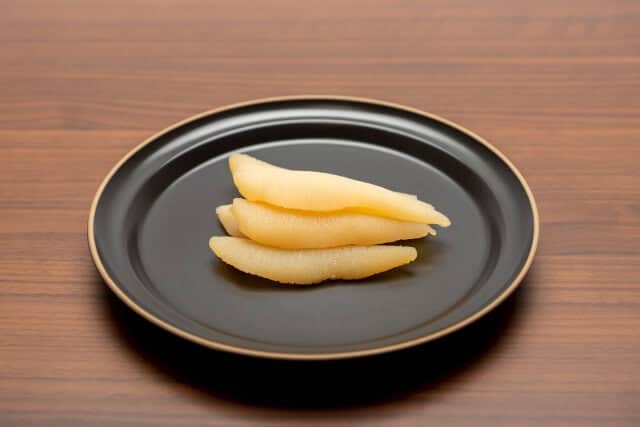
In conclusion, kazunoko holds a special place in Japanese culture, especially during New Year celebrations, symbolizing prosperity and a lasting family lineage. If you have the chance to visit Japan, don’t miss the opportunity to buy some kazunoko and enjoy this traditional delicacy. Trying it firsthand is the perfect way to connect with Japan’s rich food heritage and savor a taste that has been cherished for centuries.
You can try out other Osechi dishes we recommend below that will make you know more about Japan’s culture.
Kazunoko (Herring Roe) FAQ
What is Kazunoko?
It is the roe (eggs) of the herring fish. Japanese cuisine features it prominently during the New Year.
What is the texture like?
It has a very unique crunchy texture. Japanese people describe the snapping sound it makes as “Poli-Poli.”
What does it symbolize?
It symbolizes fertility and family prosperity because the roe sac contains thousands of tiny eggs.
Is it raw?
Yes. Producers salt the roe to preserve it, and you eat it uncooked after seasoning it.
What does it taste like?
It tastes savory and salty. It absorbs the flavor of the Dashi (bonito stock) marinade perfectly.
Why is it so yellow?
The natural color is golden yellow, representing wealth. Some brands polish it to make it shine brighter.
How do I prepare it?
You must soak the salted roe in water for several hours to remove excess salt (Shiokiri) before eating.
What do I eat it with?
Most people top it with “Katsuobushi” (bonito flakes) and a splash of soy sauce.
Is it expensive?
Yes. Locals call it “Yellow Diamonds” due to its high price and golden appearance.
Can I find it in Sushi?
Yes. Sushi chefs serve it as Nigiri, often binding it to the rice with a thin strip of Nori.
What is “Matsumaezuke”?
It is a sticky pickled dish from Hokkaido containing chopped Kazunoko, squid, and kombu kelp.
Is it healthy?
Yes. It contains high protein and EPA/DHA fatty acids, though you should watch the salt content.
When is the season?
The herring season is spring, but markets sell salted Kazunoko mainly in December for New Year’s.
What does the name mean?
“Kazu” refers to the herring fish in old dialect, and “Ko” means child or egg.
The difference between salted herring roe and seasoned herring roe (food texture)
In terms of texture, salted herring roe has a crisp texture, whereas seasoned herring roe is relatively soft. Additionally, salted herring roe allows you to enjoy its natural flavor, while seasoned herring roe is flavored with soy sauce and broth.
The difference between salted herring roe and seasoned herring roe (preservability)
Salted herring roe has a longer shelf life, while seasoned herring roe is shorter. Due to these differences, they are often chosen based on their use and personal preference.
Does it smell fishy?
It has a mild ocean scent, but the dashi marinade usually masks any strong fishiness.

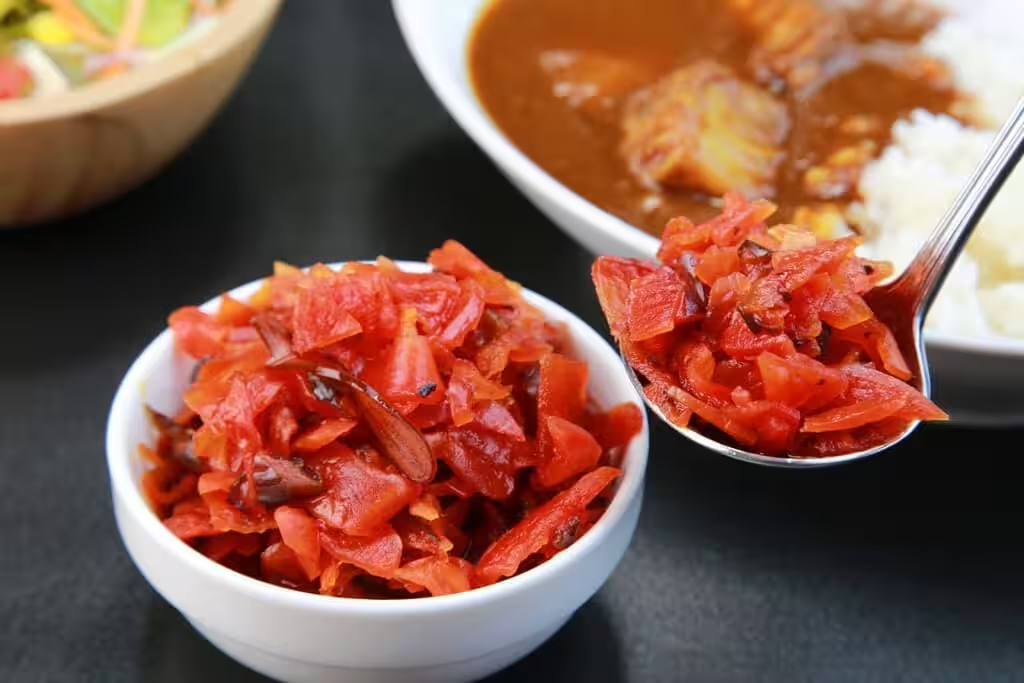
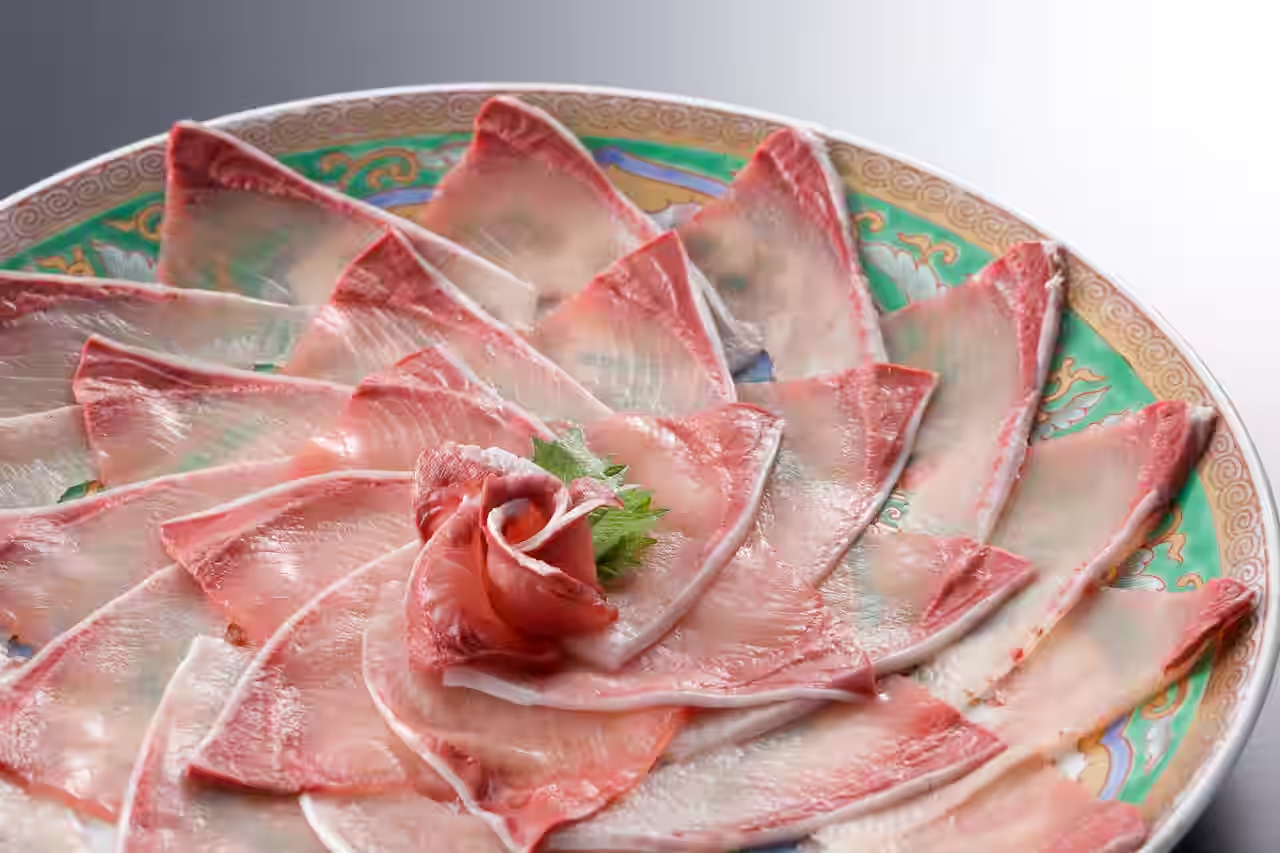
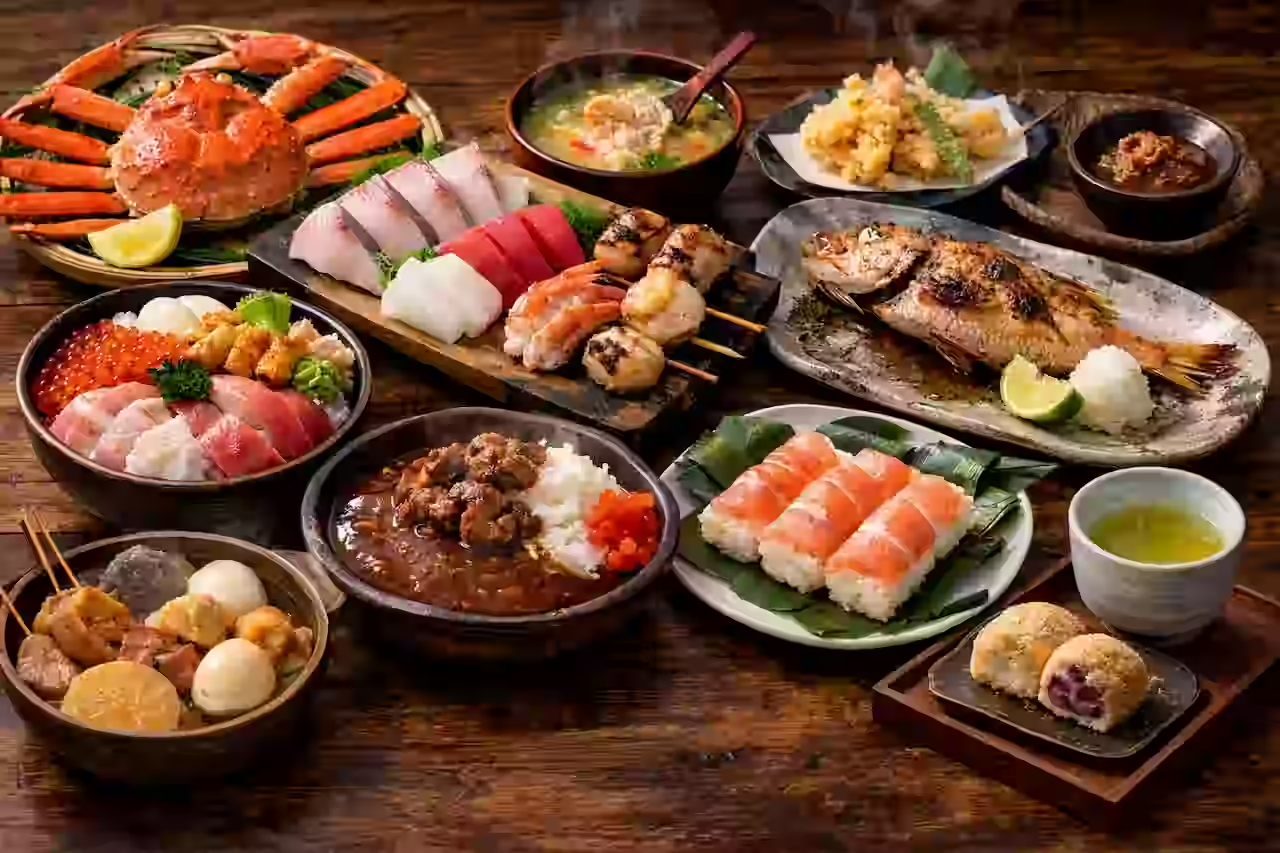
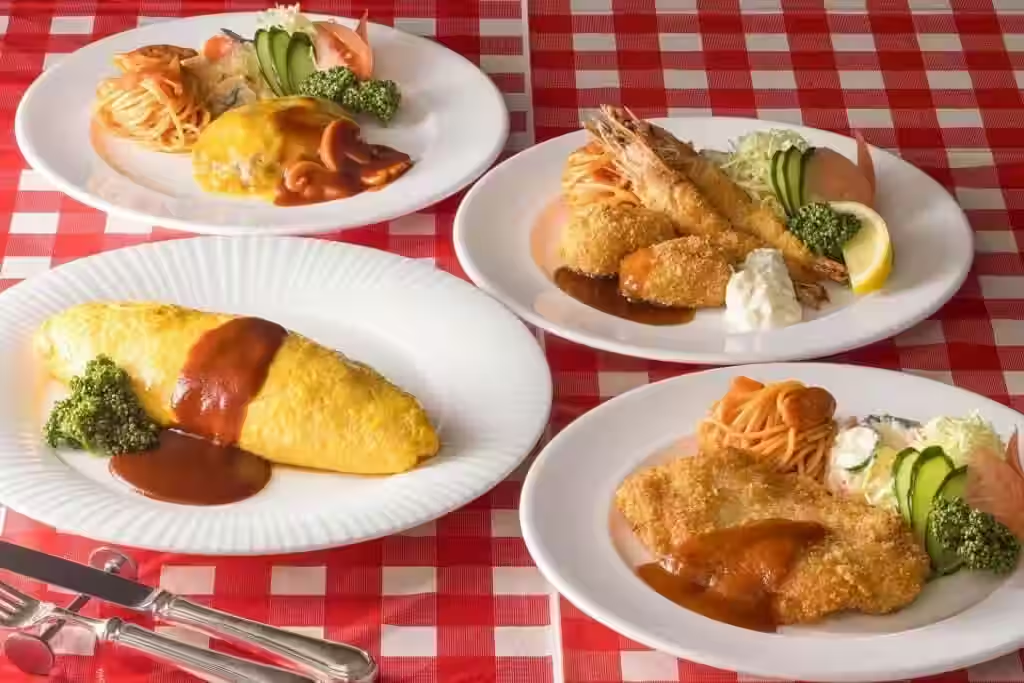

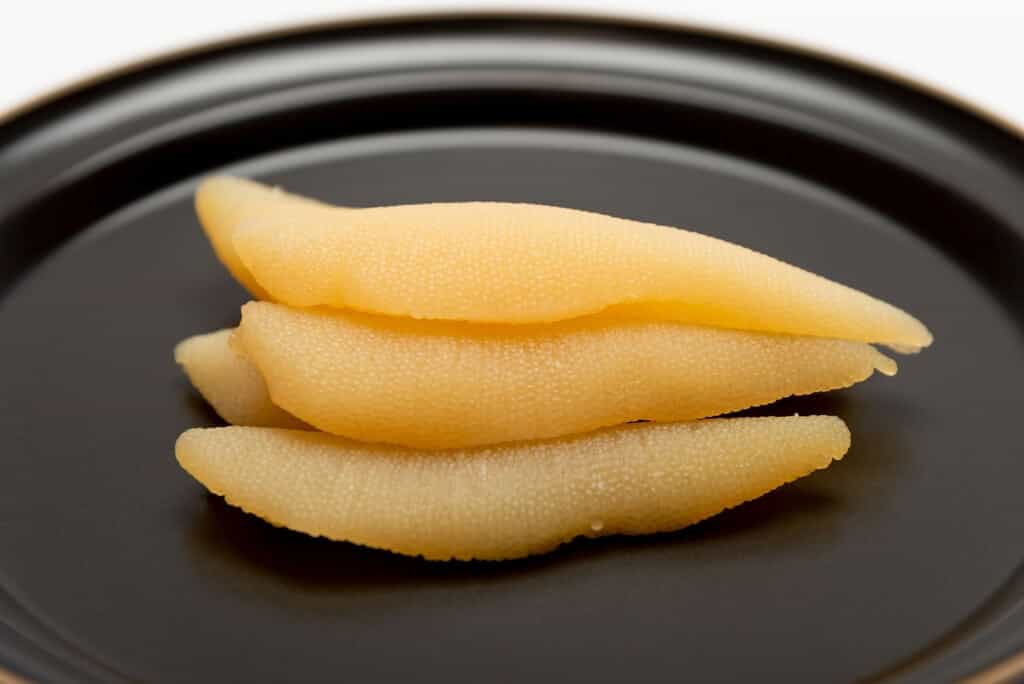
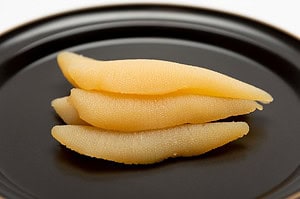
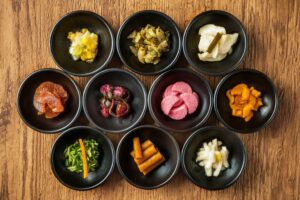
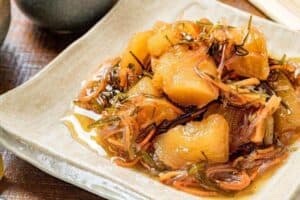
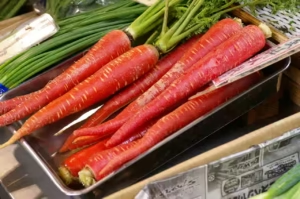
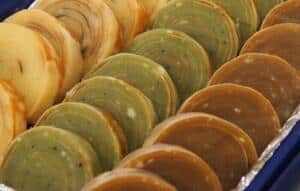
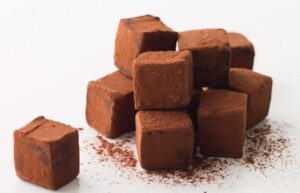
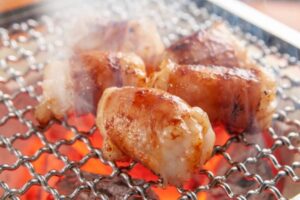
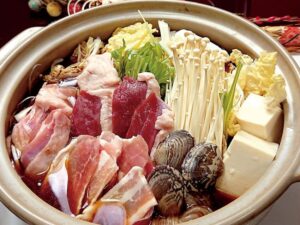

Comments